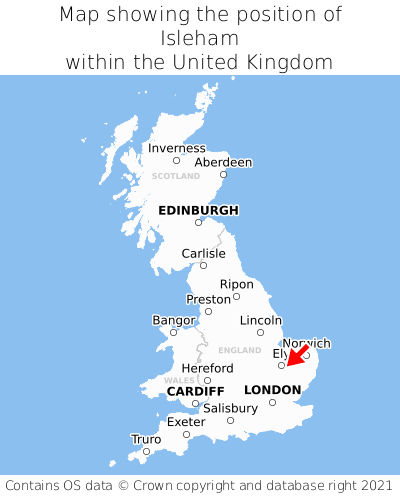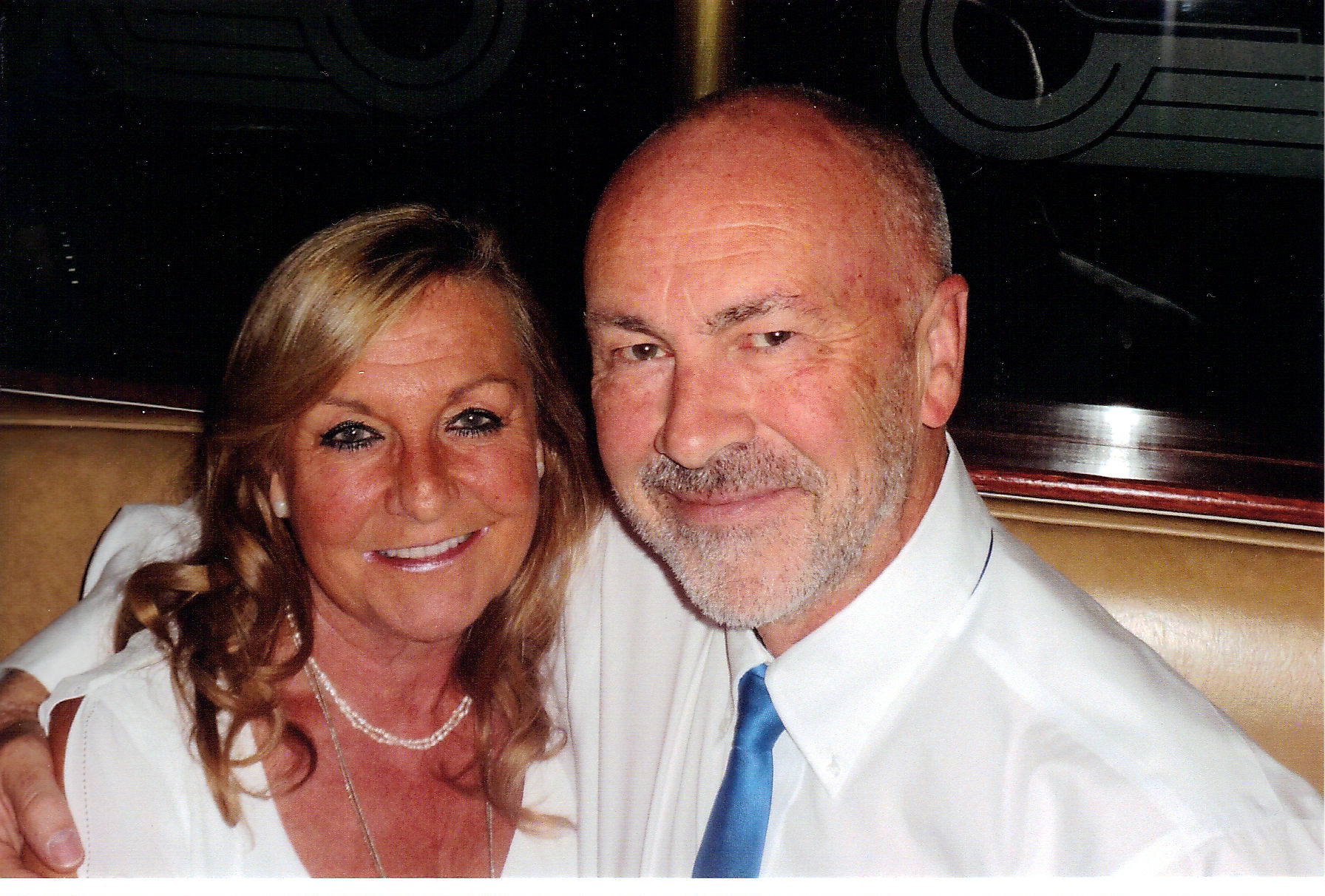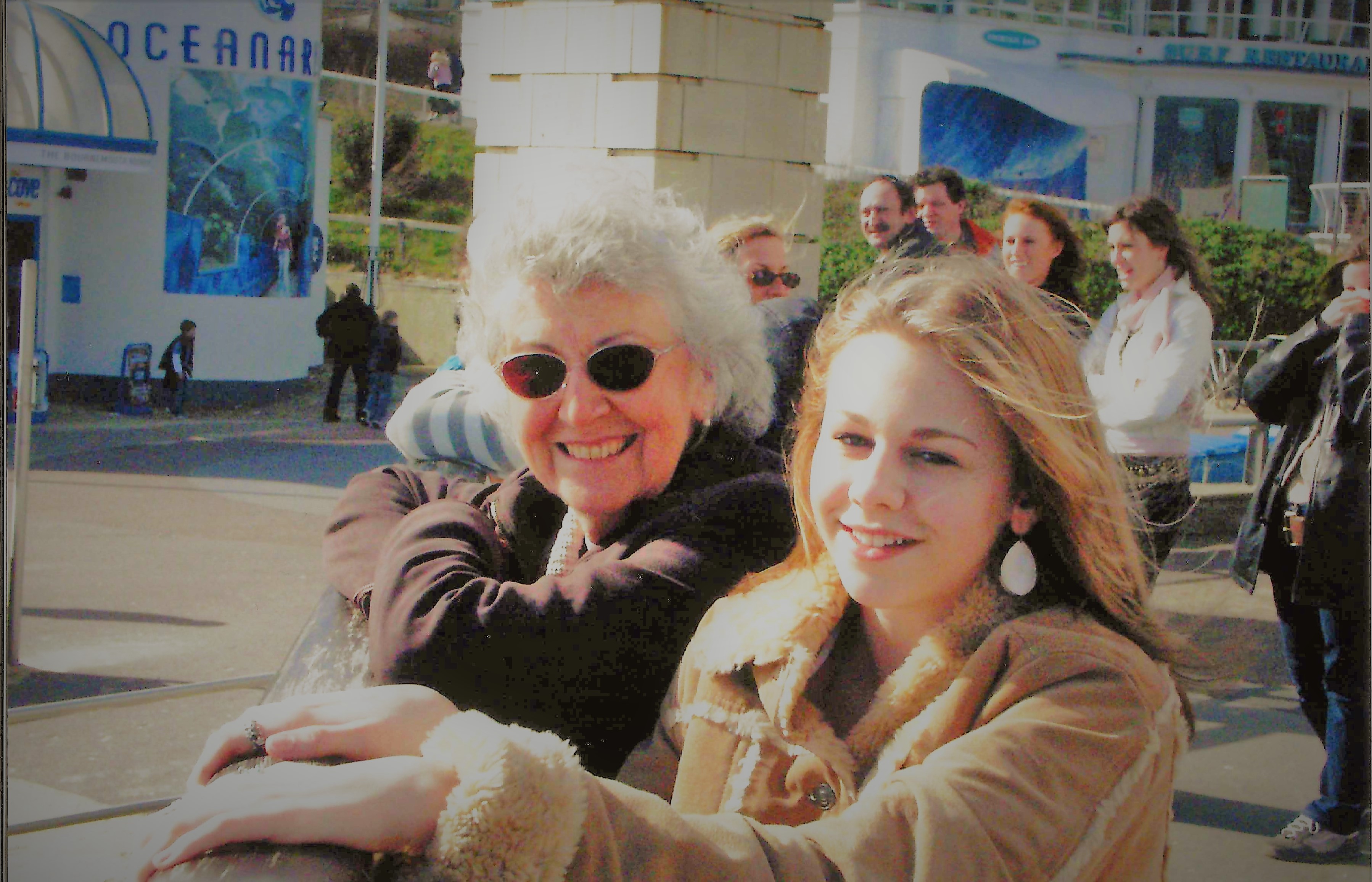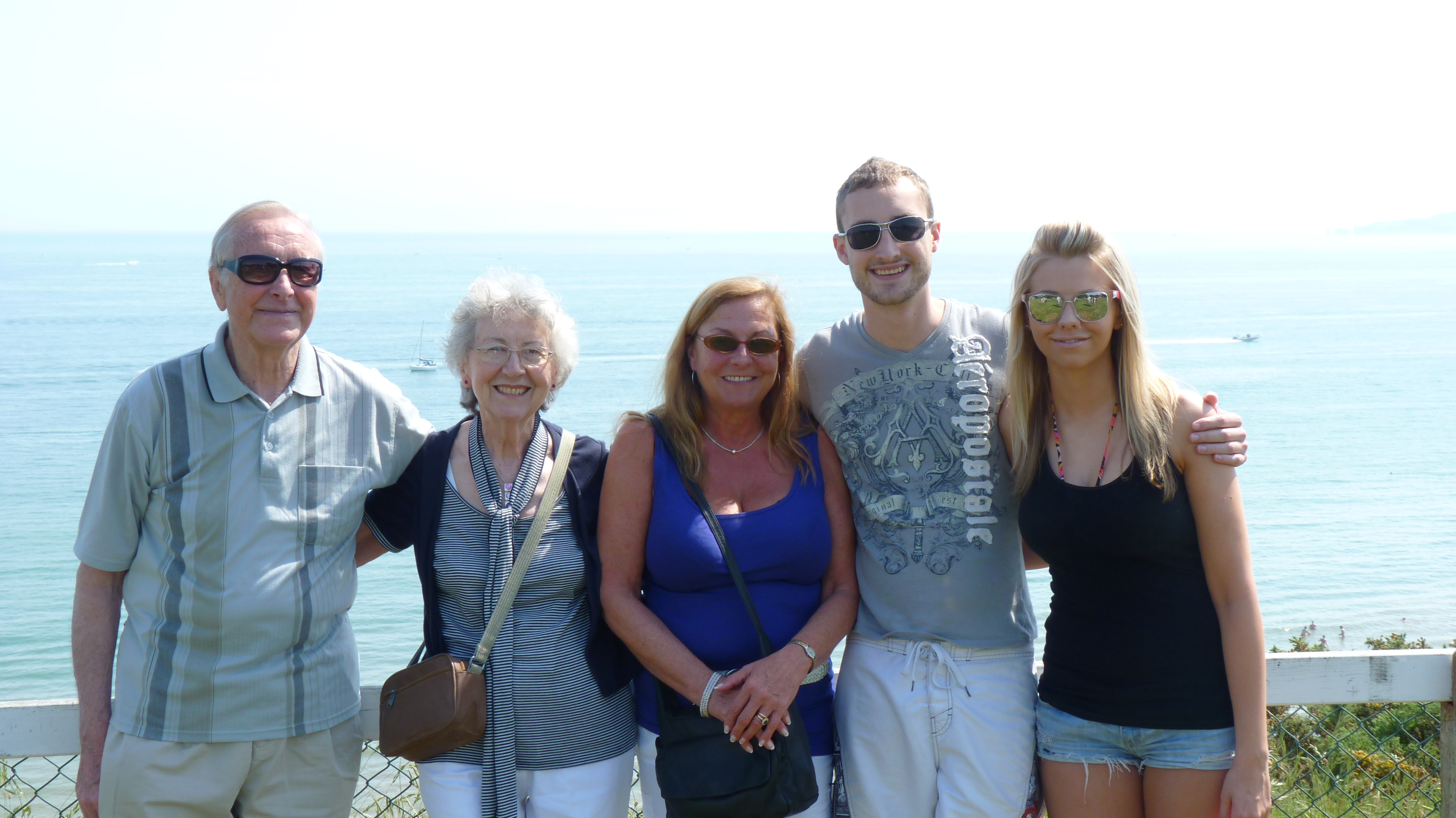Pammant Name Info
Looking at our family tree, the Pammant name has changed many times, starting in 1609 as follows:
Pamment (1609) / Pamont (1631) / Pamant (1661) / Pammont (1714) / Pamont (1757) /Pamment (1791) / Pammant (1870).
I have put a link here that show descendants of Edward Pamment (born abt. 1609) in Isleham, Cambridgeshire, England and many inter-related families. Many thanks to Steve Novak for compiling all the data. He was stationed in England, while in the US Navy and spent his free time researching his mothers family name.
Edward Pammant / Pammant family tree: https://www.genealogy.com/ftm/n/o/v/Steven-M-Novak/GENE3-0003.html
https://www.genealogy.com/ftm/n/o/v/Steven-M-Novak/index.html
From the web site above, Steve Novak says:
"The Origin of the Pamment Surname
I should start by declaring that I have yet to come across an explanation regarding the origin or meaning of the surname “Pamment.” So what you are about to read is only my theory.
When I first began my research in 1981, I conducted a letter-writing campaign to a number of Pamments in the telephone directories of England and Wales. Several replied and took the time to state that to the best of their knowledge, the Pamments came from France and were French Huguenots who had fled religious persecution and had settled in England.
With that thought in mind, I recall looking in a French dictionary and finding a word very similar – parement - which, when translated, meant the stone facing on church buildings. “Parement” definitely seemed to have a connection to my branch of the Pamment family. Many in my family tree were stonemasons or bricklayers and had settled in Isleham, Cambridgeshire which at that time was the center of the clunch-quarrying industry. Clunch is essentially soft limestone suitable for carving.
The surname Parmenter is also closely related – being English (mainly Essex): an occupational name for the maker of facings and trimmings, Middle English, Old French par(e)mentier (from parement ‘fitting’, ‘finishing’, Late Latin paramentum, a derivative of parare (‘to prepare or adorn’). This has an interesting connection to Pamment in that one writer stated that the Pamments were French Huguenots who had settled mainly in Cambridgeshire and Canterbury So you have a connection between those who adorn stone and garments. and that their occupations were stonemasons and weavers.
There is a term “pamments” – a regional word in East Anglia in England and not widely known outside that area – that describes stone flooring. They were known as “pamments” or “pammets” and are found throughout Norfolk in renovated houses, cottages, and patios.
Within the past 5 years I discovered that my great-grandfather Daniel Preston Pamment had remarked on several occasions that the Pamment family was French – the result of oral tradition passed on through the years to him. Recently I was given a copy of the “History and Missionary Life of John Moore Pamment” – written by his son John Benaiah Pamment (1882-1983) who wrote in 1957, “The Pamment family originated among the Huguenots in France. Throughout the 16th and 17th centuries there was a persecution of Protestants in France and hundreds of thousands of Huguenots fled to other countries in Europe. The Pamments went to England.” So we have separate sources – having never known or met one another - with similar stories.
Unless I can make a connection from Edward Pamment (born about 1609) in Isleham to another village and to France, this theory is unlikely to be proven.
by Steve Novak, December 2005"
If you search the web for "Pammant Stone", you can find many homes listing pammant stone hearths, kitchen floors, as features.
So that also ties in with stone mason mentions above.
I have spoken to Steve Novak and remember him saying that he visited a church in Cambridgeshire, and asked the pastor if there where any Pamment's in the church cemetary. The pastor replied that Steve was standing on one, it was a Pamment stone. ;-)
Here is where Isleham is in England:

Also searching the web for PAMMANT, I found two reference to the name Pammant in "The Completely Unofficial Star Wars Encyclopedia" :
Pammant
This Quarren colony world was torn asunder during the height of the Clone Wars, when the Old Republic warship Quaestor emerged from hyperspace within the planet's crust. (X3)
Pammant Docks
This was the orbital shipyard that was constructed above the planet Pammant by the Quarren engineers of the Free Dac Volunteers Engineering Corps, during the early stages of the Clone Wars. It was at the Pammant Docks that the Invisible Hand was constructed. (X3)











